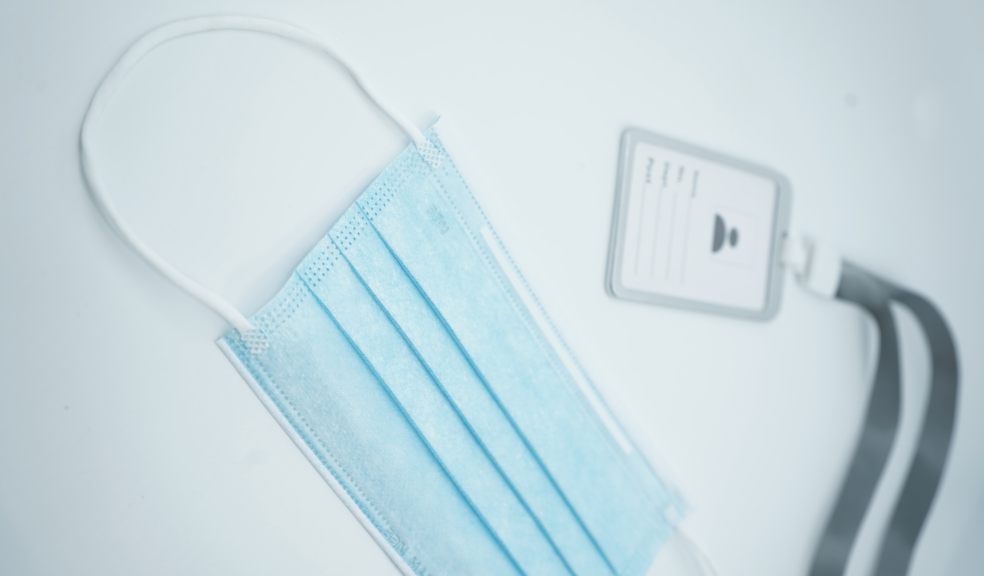
How Lanyards Improve Patient Satisfaction in Healthcare
When anyone visits a doctor, the dentist, has to go to hospital or has to stay in a care home, there can be a lot of apprehension involved, so it is important that every possible measure is taken to ensure that patients feel comfortable and relaxed while they go through whatever care that they need. There are a number of things that can help to give them this peace of mind, and one of them is the use of lanyards.
Whilst it is unlikely that any patient will leave hospital saying that it was a doctor’s lanyard that made them feel better, they can actually play a large role in allaying fears and making the whole experience much easier, without the patients ever realising.
What is a healthcare lanyard?
A lanyard is something which is one around the neck of most people working in a healthcare setting, not just the doctors and nurses. They are designed to mark each individual out as a member of staff and make them easy to identify. They will often include a photograph, a name, a job title and then possibly the department that they work in, the name of the hospital or surgery that they work for and even the trust that they are a part of.
These healthcare lanyards can carry all sorts of things to help staff gain access to all of the right areas of the building and keep some handy items close by that they might need. They can include all of the branding for the setting itself, including logos and colour schemes to help instil a sense of pride and to make it instantly recognisable.
Identification
One of the key roles that a lanyard plays is in the identification of a member of staff. Both the patient and their loved ones can see who they are dealing with at any given time, making it much easier for them to understand who is accountable for their care. This can help to build trust between patients and the medical professionals who are looking after them, and by knowing who they are dealing with, it can create better relationships.
By having such clear identification tools, patients can also be confident that they and their records will not be accessed by anyone who is unauthorised to do so.
Roles
When visiting any healthcare setting, it isn’t always easy to know who’s who, and staff lanyards can help with this. Many settings choose to colour code their lanyards according to their job role making it much easier to identify doctors, nurses, surgeons, midwives, admin staff, porters and cleaners, even from a distance. This helps people to know who they can approach for help and information, feeling confident that they are talking to the right person.
Better communication
By understanding what everyone’s roles and responsibilities are, it is much easier for staff to have open lines of communication. They can immediately see who they are dealing with, making it much easier to co-operate and work across different teams, therefore ensuring that patients receive the best possible care as quickly as possible.
Stress free care
When any patient is upset or uncomfortable it can be much more difficult to care for them. Lanyards can help to break down barriers and help each patient to feel a little more comfortable, no matter which member of staff is attending to them.
When they are able to feel more relaxed and trusting of those who are caring for them, their care and treatment is much more likely to be successful and they could find themselves feeling better in their own homes quicker than they might have expected.
Useful tools
An NHS lanyard can carry an identification card, but it can also hold a number of other useful items. It is a great place to keep door cards or fobs, as it means each member of staff can gain access to where they need to be as quickly as possible, without worrying about where they might have left their keys.
Custom lanyards can also have attachments to hold other items such as hand sanitiser, personal alarms, watches or even thermometers. This allows them to offer the best possible patient care as there are no barriers to the correct hygiene or having their most essential tools close to hand right when they need them.
Visitors
Whilst staff might be used to wearing lanyards during their working day, visitors might not. Somewhere as open as a hospital can have a lot of people wandering through it, and this can be quite intimidating to patients. By issuing visitors with temporary lanyards, it can be much easier to identify who is a member of staff, who is a contractor and who is a visitor.
Hygiene
Medical practitioners have long been aware of the dangers of cross-contamination, but this has been thrown into sharp focus for all of us thanks to the COVID 19 pandemic. This has led to people having concerns about spreading viruses and bacteria around, but as lanyards can be covered in vinyl, it is much more practical for those who work in labs, clinics and sterilised settings to properly clean their lanyards as often as they need to when they move from one place to another in order to avoid any contamination.
Social Distancing Lanyards can help to take a lot of the stress out of a visit to the doctor, dentist or hospital, which can be incredibly important, as one in four people have reported that they have avoided seeking medical care when they needed it because they felt uncomfortable, either physically or emotionally.
By ensuring that all staff wear their own lanyard, it can help to allow patients to set aside any fears that they may have, therefore seeking help when they need it and being more relaxed throughout their treatment. This can all go a long way to improving the healthcare experience for patients, and that can only ever be a good thing.













